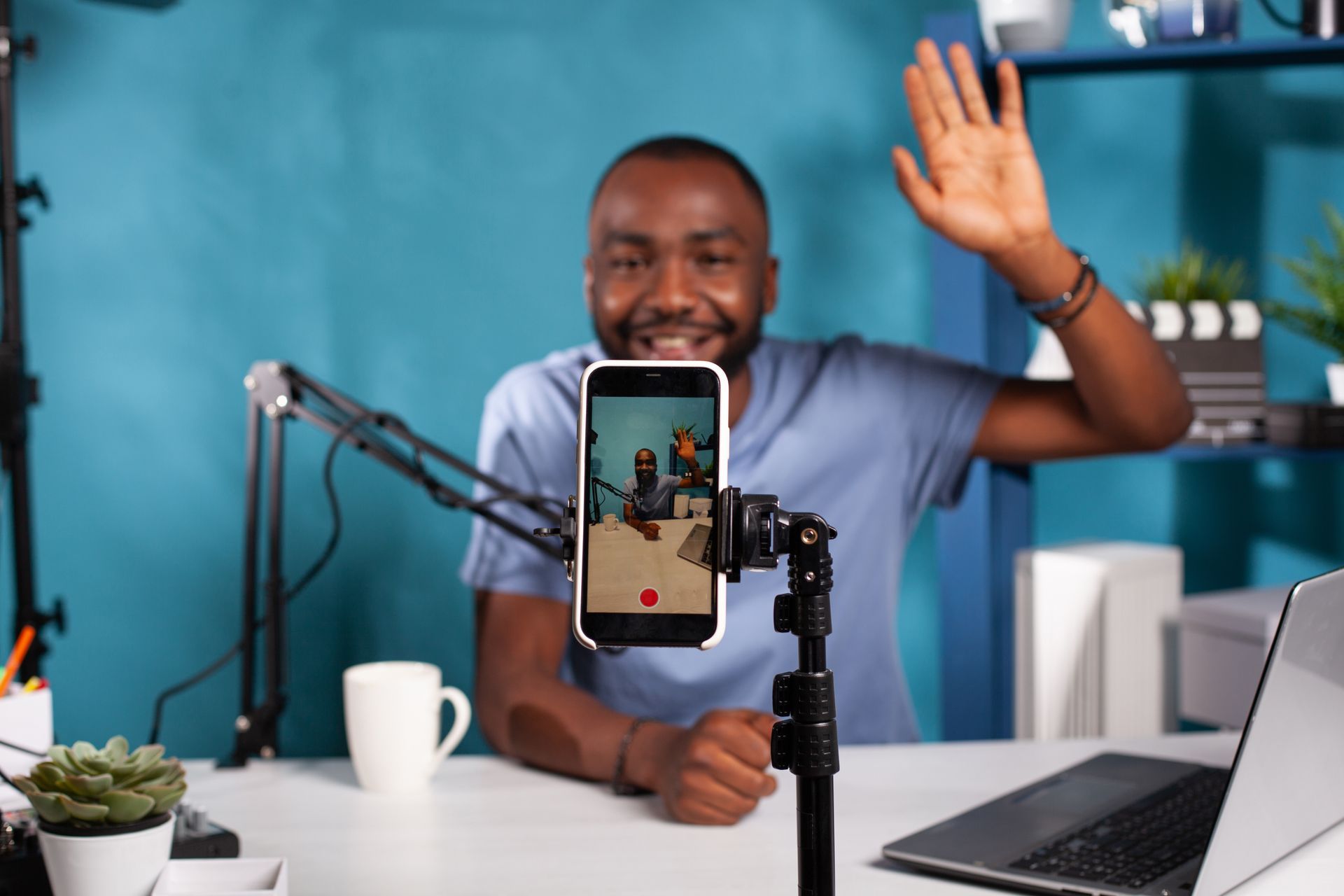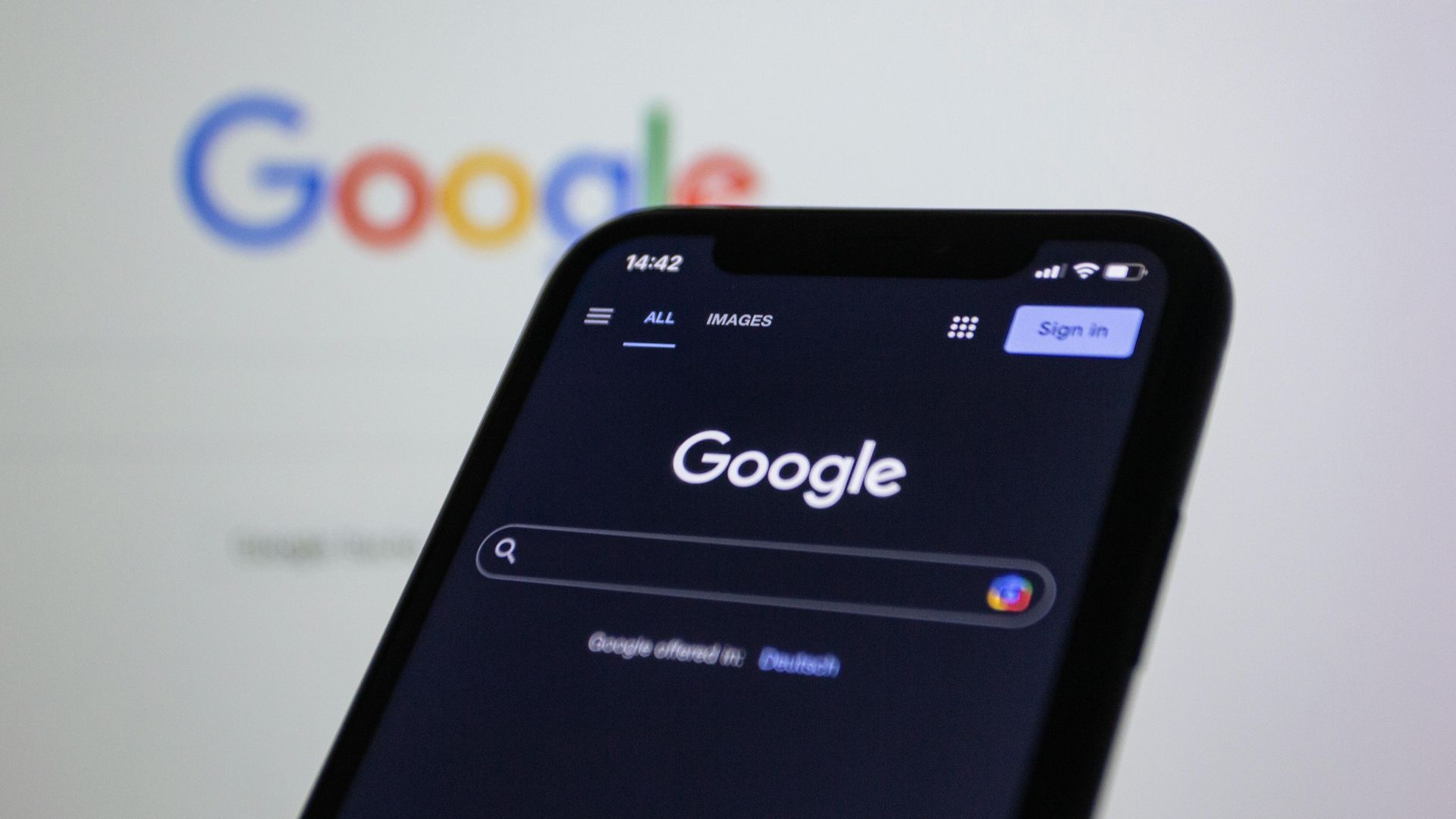A Guide to Employee-Generated Content
In a world of "influencer marketing" and brand deals, companies can easily overspend their marketing budgets and get caught up in the frenzy.
An influencer may feature your product or brand only for their videos to perform poorly. At best, you lose out on the money spent sending the product to the influencer and whatever you spent on hiring them. At worst, your business gets a bad reputation online, and customers don't take your brand seriously.
Consider that influencer marketing is just the "shiny new toy" in marketing. In that case, companies should continue to produce consistent, cost-effective outcome. One source for this? Your Employees. Employee-generated content refers to any videos, pictures, or copy that employees publicly post about their position and the company.
Find out the benefits of employee-generated content (EGC), what this content can look like, and how to implement EGC into your overall strategy.
What Does Employee-Generated Content Look Like?
The beauty of employee-generated content is that it can take many forms. Any content your employees make that involves details about their role, the company itself, or the relationships they've developed with coworkers or customers/clients can be EGC.
A simple, straightforward EGC piece can be an employee spotlight for new hires or veteran employees. You can choose to craft employee spotlights as infographics with a picture of the employee along with some fun facts about them, write a long-form piece from an interview with the employee speaking about their time at the company, or even long or short-form videos with the employee speaking on their experiences. While these methods may require the help of a graphic designer, copywriter, or videographer, the idea is that the employees generate the content by speaking about their experiences and introducing themselves.
Other ideas for EGC pieces might be "day in the life" videos following a specific employee throughout their day, reflections employees have from conferences or professional development opportunities, employment milestones or recognitions, or even just pictures employees take with each other or showing what happened that day. There are limitless options and iterations for employee-generated content, and the key is to find out what works well for your business and why.

Benefits of Employee-Generated Content
The Kredible Employee Advocacy Study shows that employee advocacy programs with at least 1,000 participants could generate $1,900,000 in advertising value. While small businesses won't be able to operate employee advocacy programs at that scale, they can still focus on their efforts with the employees they do have and see positive results.
What are some of these positive results and outcomes? When EGC builds trust, customers/clients are more likely to support the business and drive sales. If your company is hiring, that can be an essential time to push out EGC, so prospective employees can get a sense of the place they are applying to. In worst-case scenarios, such as damage control after a crisis, EGC is positive and authentic (because it should be).
Times to Use Employee-Generated Content
Beyond hiring periods and after a crisis, there are other optimal times for your company to push out EGC. If you attend an industry conference or trade show, encourage your employees to create posts about their experiences; this will showcase a prioritization of professional development. Additionally, it presents the posting employee networking opportunities, as other people attending the event may want to engage with the posts.
EGC is also effective when used in conjunction with a review campaign. Businesses of all sizes know the importance of customer reviews, and showcasing positive reviews can boost your brand's image. If a customer/client wrote a review and mentioned a particular employee by name, encourage this employee to share the review or add insight into how they strive to serve customers each day.
Overall Strategy
While EGC has all of these uses and benefits, its use should not be a crutch within the overall marketing strategy. Brands should still strive to post brand-generated content, such as ads, product features, educational articles, company updates, etc. Suppose a business's social media page or website only contains employee posts. In that case, it may come off as disingenuous and give customers the impression that the company is overcompensating.
Further, each company should determine how to integrate EGC into their strategy while being realistic with what their employees can contribute. Asking or requiring employees to be involved with one post a month might work for a medium or larger company with more employees – but a small business might not have the adequate resources or number of team members to pull off a high frequency of EGC.
It's also critical to remember that not all employees will be willing to have their picture on various platforms or may not want to be on camera for a video. Focus on employees who feel comfortable participating in the content creation process and want to represent the brand online and in their everyday roles.

Work With Cole-Dalton Marketing Services
Much thought and effort goes into content creation, and employee-generated content is no different. While the heart of it is the team members themselves, many small businesses that want to incorporate EGC into their marketing strategy might need extra help in design, copywriting, videography, and more.
Our Cole-Dalton Marketing Services team has the goal of helping small businesses succeed. We focus on all things marketing so you can focus on the heart of your small business. Check out our capabilities and marketing systems here, and let's get in touch to take your business to the next level!
Visit Our Office
Navigation
All Rights Reserved | Cole-Dalton Marketing Services

(314) 279-0600
| info@cole-dalton.com
|
710 N. Tucker Blvd Suite 503, St. Louis, MO 63101








